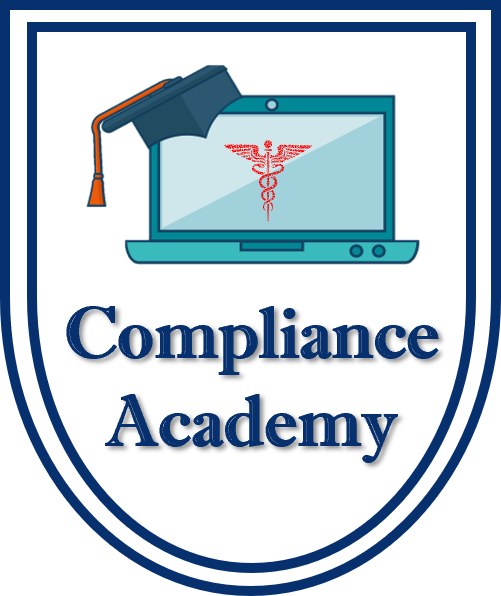Occupational Safety and Health Administration (OSHA) regulations are designed to protect employees in all industries, but the stakes are particularly high in healthcare settings.
Providers face unique risks such as exposure to infectious diseases, hazardous chemicals, and workplace violence.
Understanding OSHA's requirements is essential for creating a safe working environment and avoiding costly penalties.
At eLearn Compliance Academy, we offer OSHA training specifically designed for healthcare settings. Don’t wait for an incident or audit to realize the importance of OSHA training - start today with our easy-to-access online programs.
Providers face unique risks such as exposure to infectious diseases, hazardous chemicals, and workplace violence.
Understanding OSHA's requirements is essential for creating a safe working environment and avoiding costly penalties.
The foundation of OSHA compliance is conducting a comprehensive hazard assessment. Healthcare providers must identify potential risks in every area, from emergency rooms to administrative offices.
Once hazards are identified, organizations must implement policies, provide personal protective equipment (PPE), and offer training specific to those risks.
Once hazards are identified, organizations must implement policies, provide personal protective equipment (PPE), and offer training specific to those risks.
Another critical component of OSHA compliance is documentation.
Employers are required to keep detailed records of training, incidents, and inspections. During an audit, incomplete or missing records can result in hefty fines.
Fortunately, digital learning platforms like eLearn Compliance Academy provide certificates of completion and progress tracking, simplifying this aspect of compliance.
Employers are required to keep detailed records of training, incidents, and inspections. During an audit, incomplete or missing records can result in hefty fines.
Fortunately, digital learning platforms like eLearn Compliance Academy provide certificates of completion and progress tracking, simplifying this aspect of compliance.
Workplace safety training should cover a wide range of topics, including ergonomics, fire safety, infection control, and chemical handling.
OSHA mandates that training be understandable and provided in a language workers can comprehend. Tailored online courses make it easier to meet this standard, especially for diverse healthcare teams.
OSHA mandates that training be understandable and provided in a language workers can comprehend. Tailored online courses make it easier to meet this standard, especially for diverse healthcare teams.
At eLearn Compliance Academy, we offer OSHA training specifically designed for healthcare settings. Don’t wait for an incident or audit to realize the importance of OSHA training - start today with our easy-to-access online programs.

